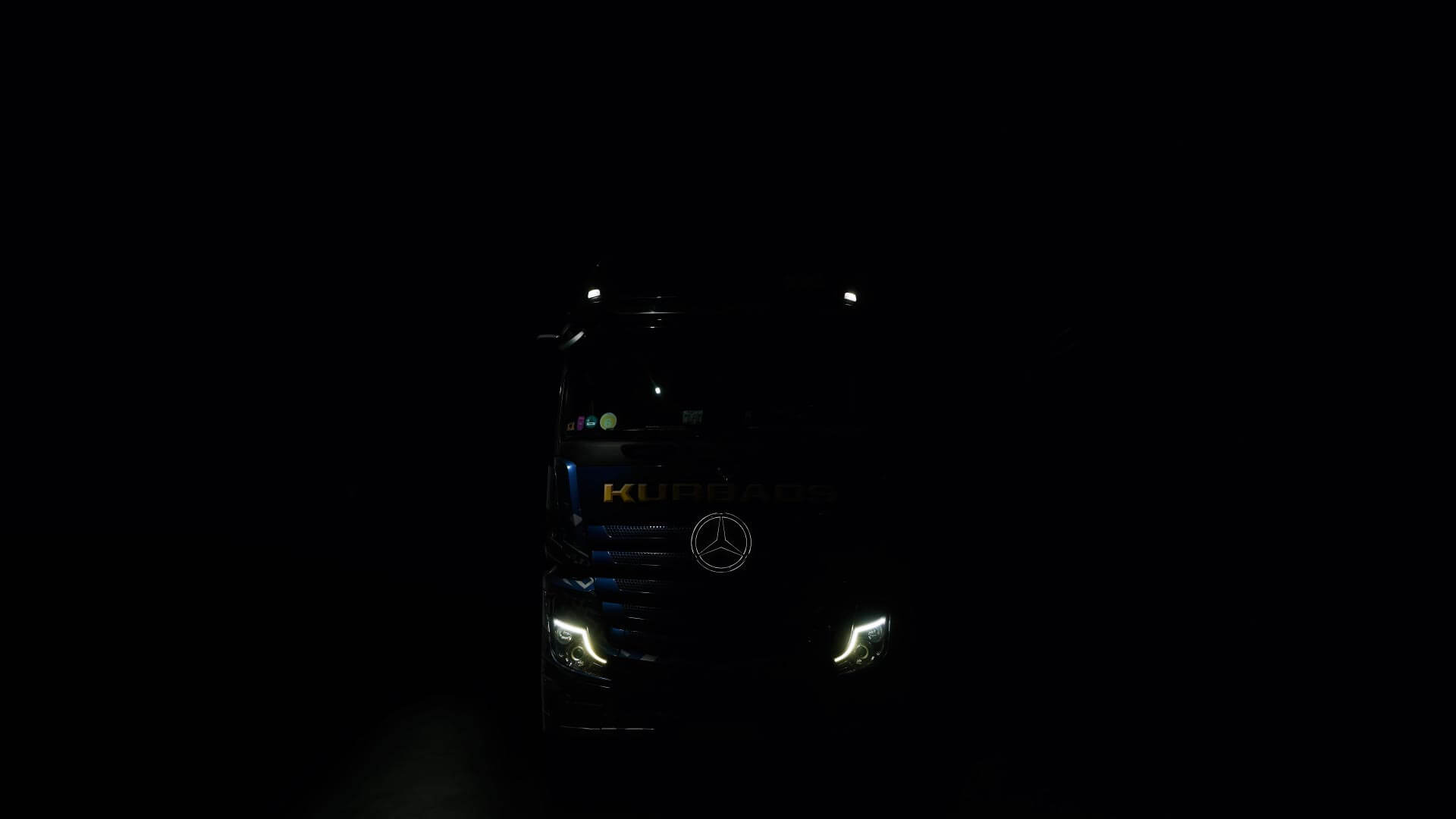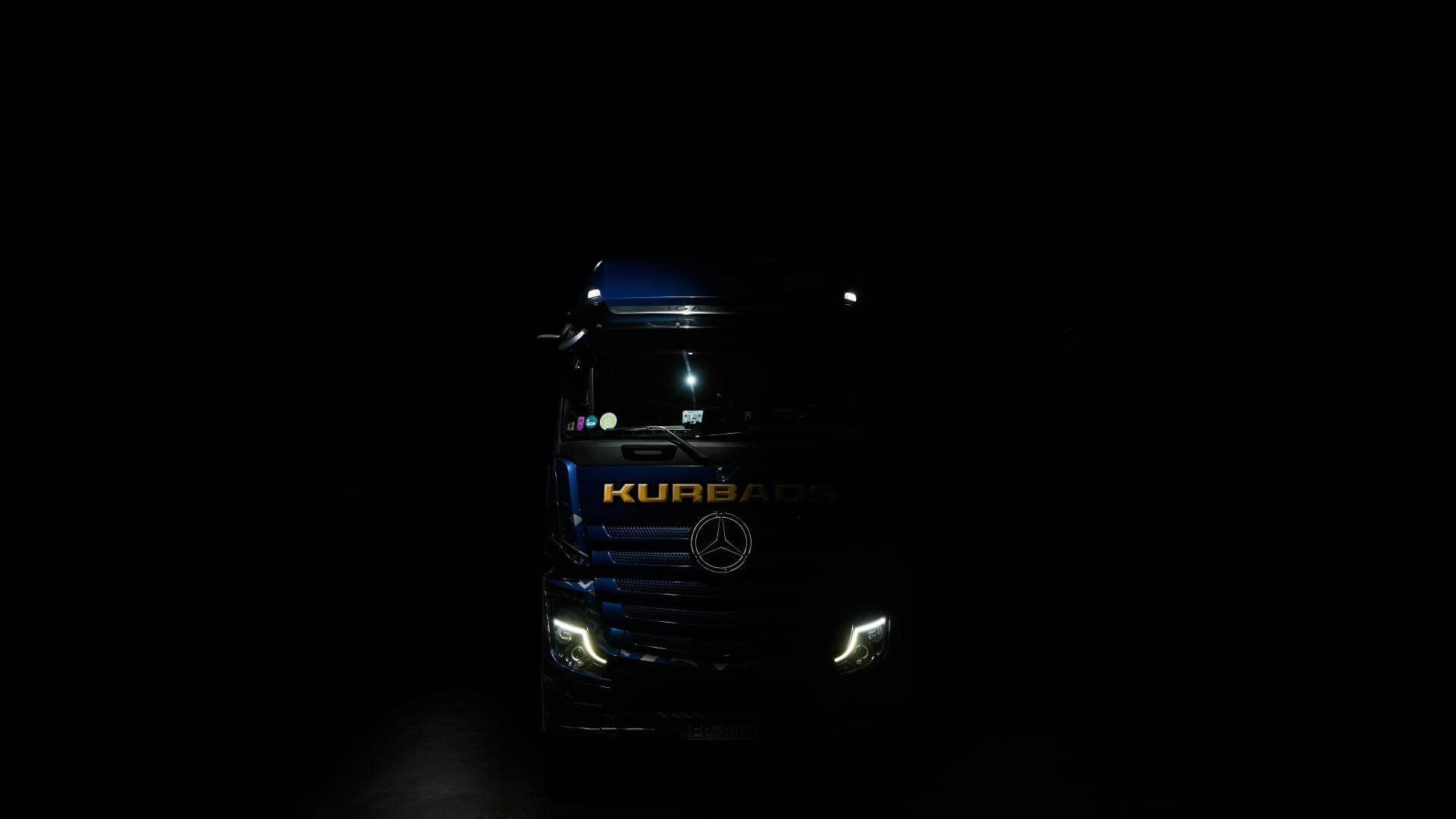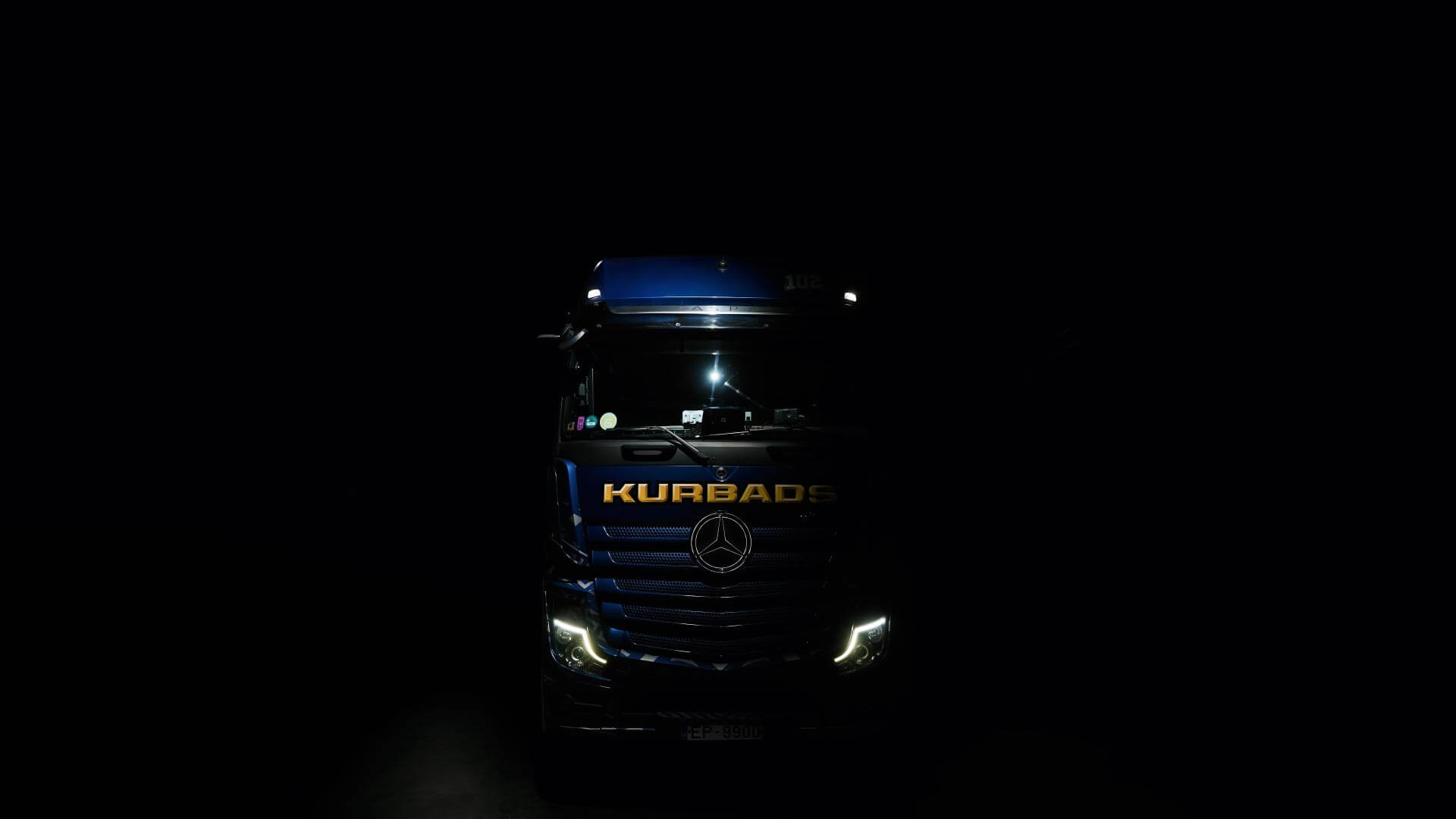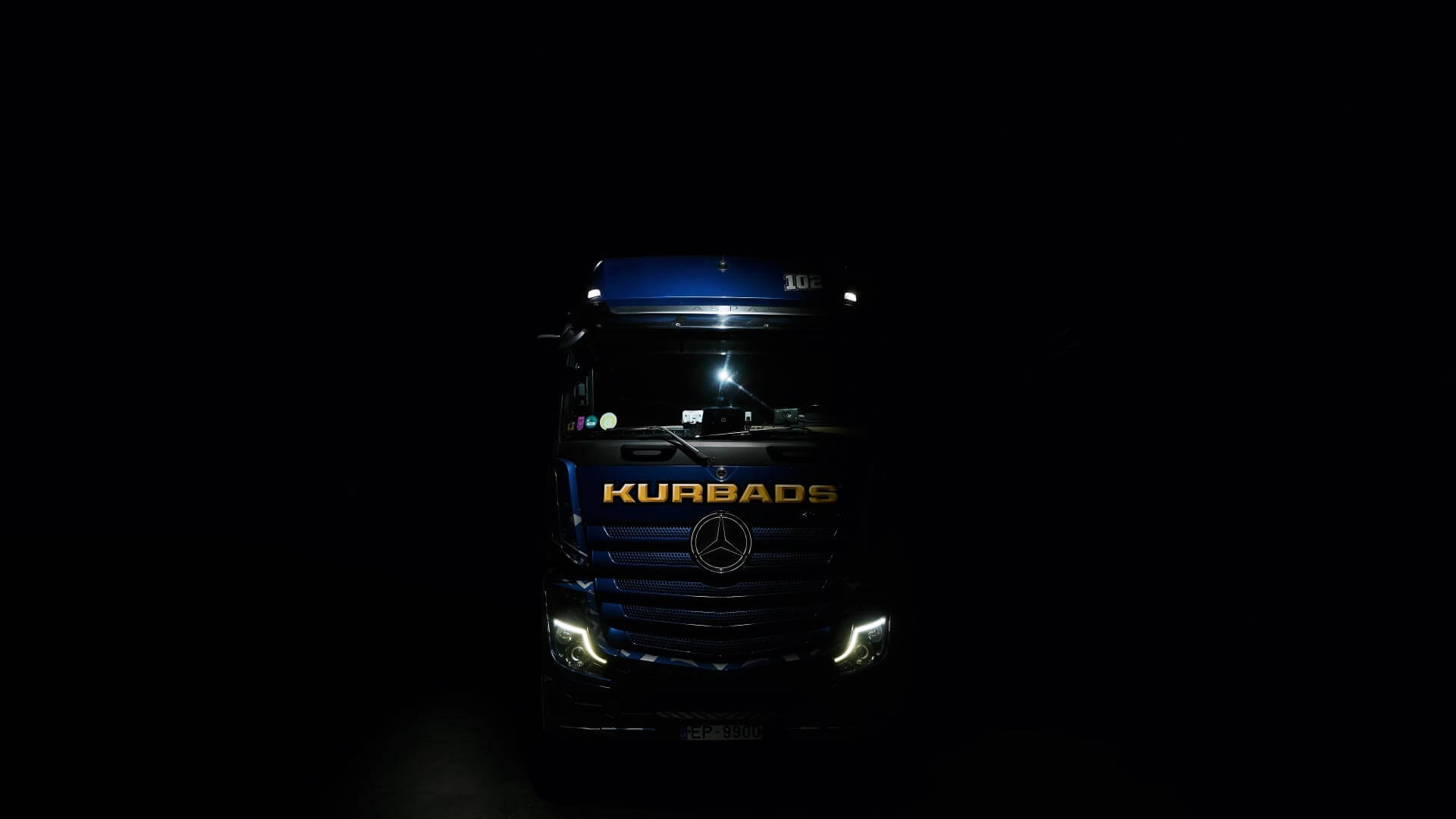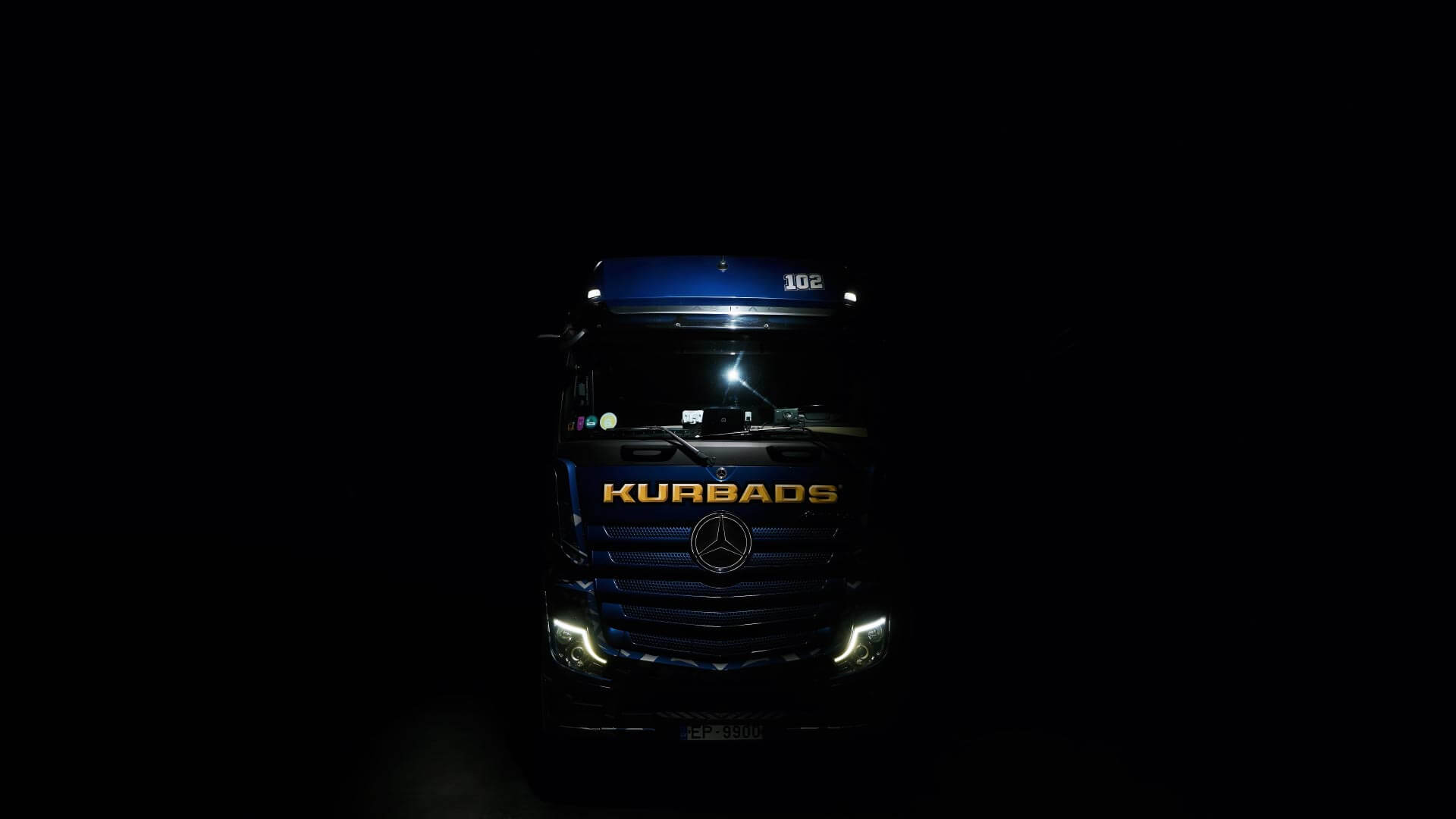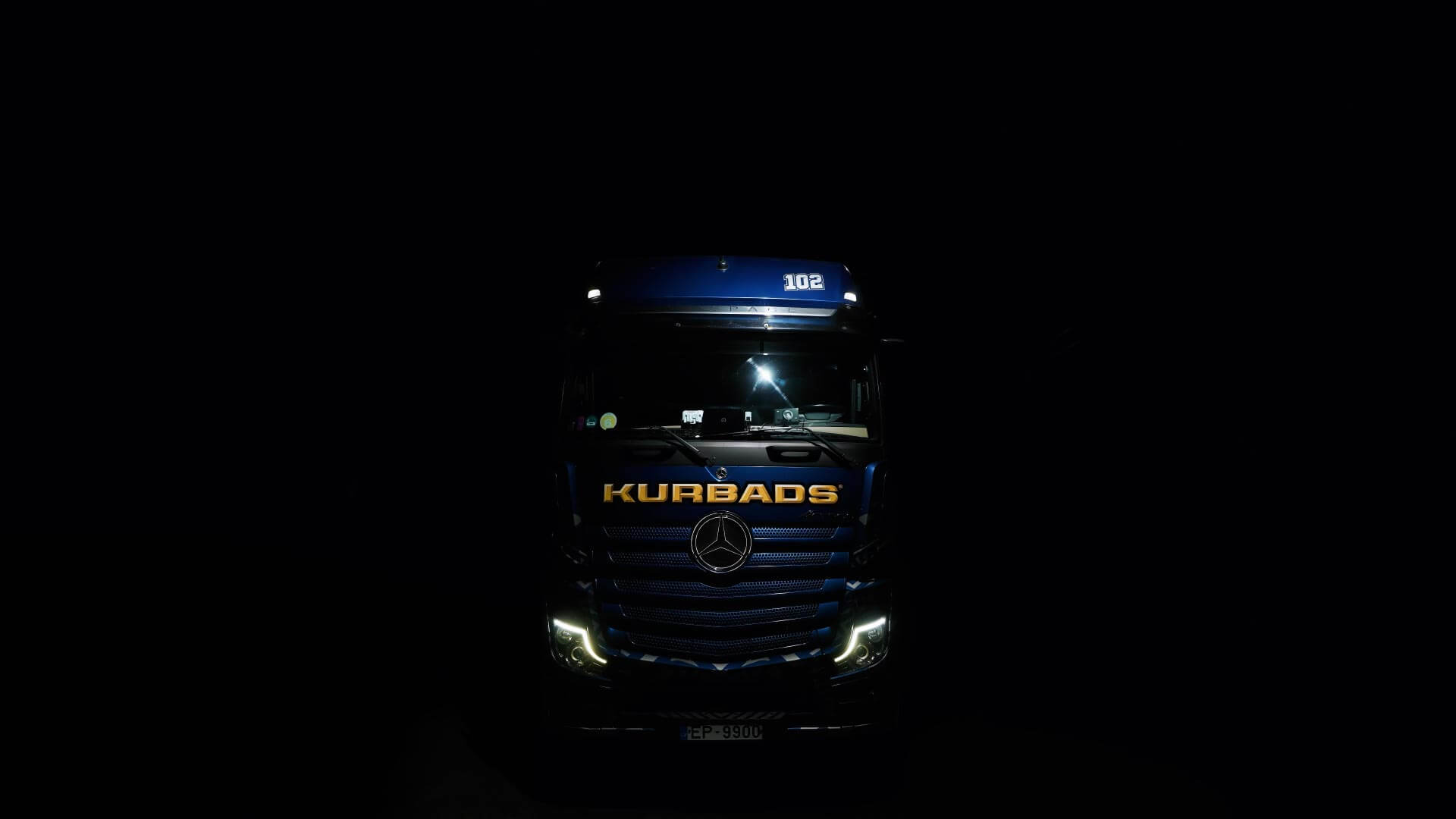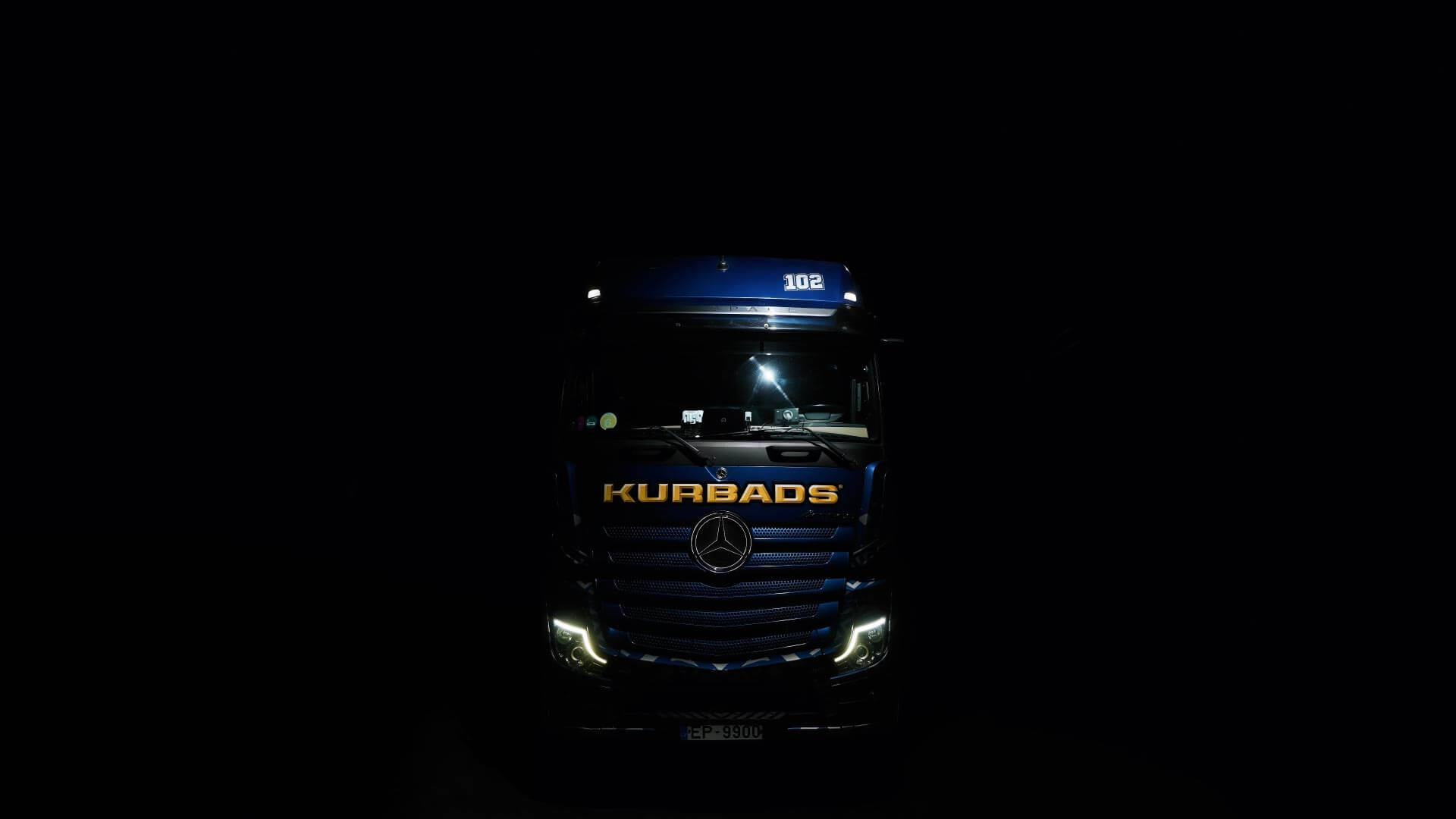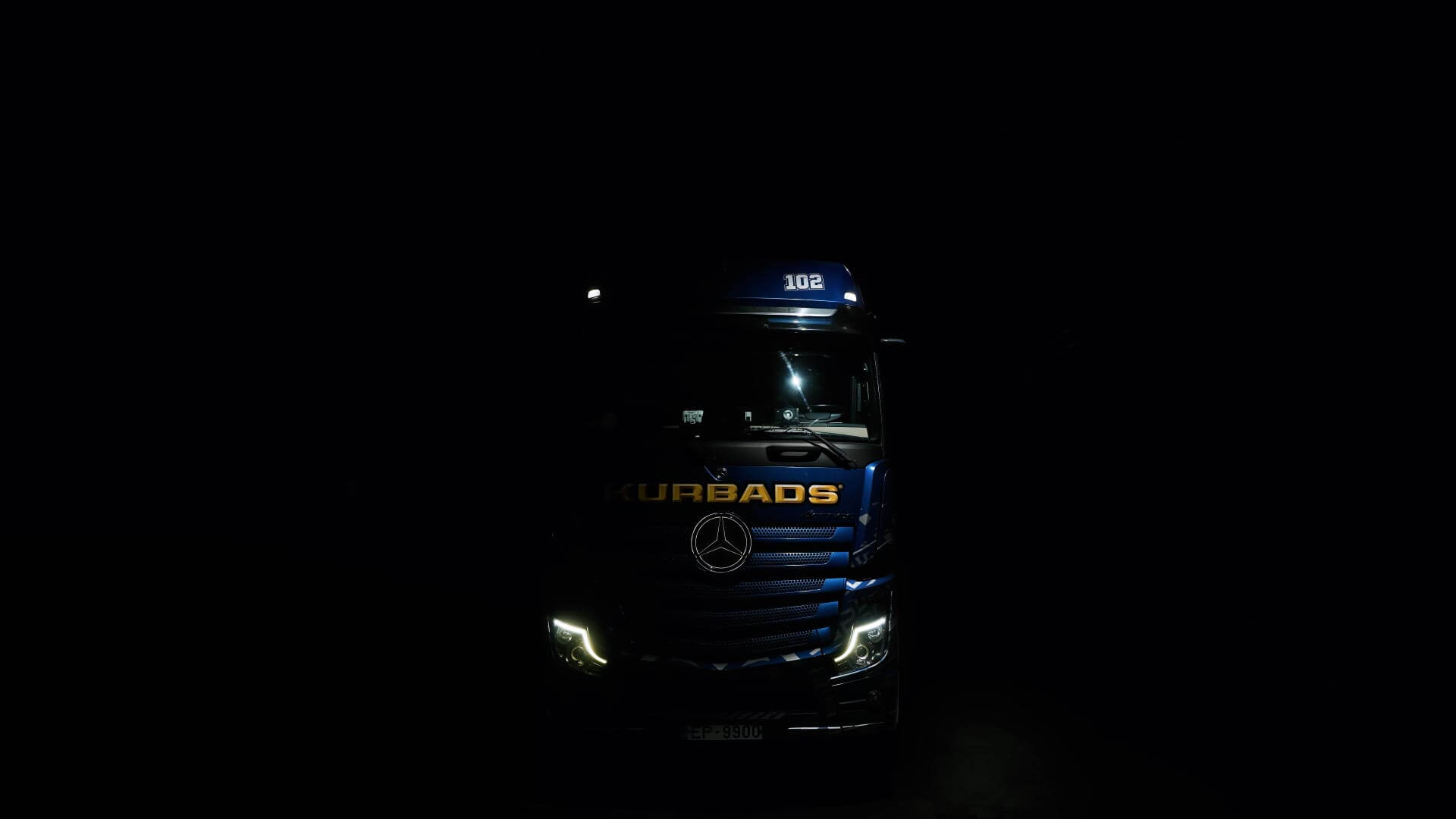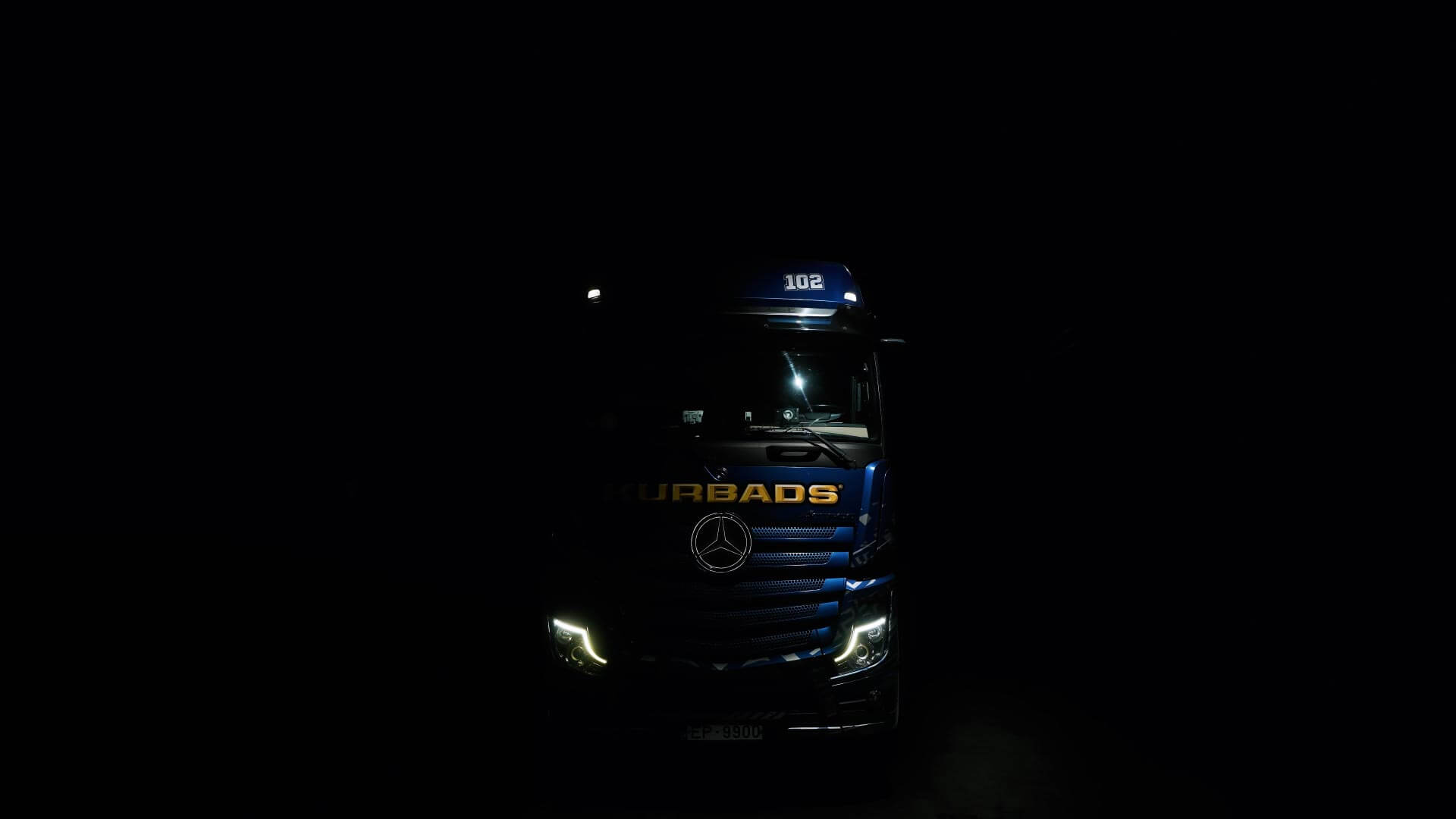Crazy Horse reborn in a new form and returns to the fleet with the number #115.

Crazy Horse is back! Reborn in a new form and returns to the fleet with the number #115. “Crazy Horse” is entrusted to the driver Valdis Repše. Valdis has driven the 71st truck carrier, whose cabin was also decorated with a portrait of Crazy Horse, which we first designed in 2012. The connection between the driver and his vehicle is important and Valdis has also found a connection with the famous Indian warrior. “Valdis is a charge of energy in Kurbads. Valdis is always open to new adventures and challenges. His fearless pursuit of his goals is the reason why we entrust the car carrier to him, especially decorated with the image of the Indian tribal leader Crazy Horse!” comments head of logistics Toms Hartmanis.


The previous car carrier was equipped with a “Variotrans” type trailer, while the new Mercedes-Benz Actros is equipped with an “Intago” type trailer, which allows loading wider and heavier cars. We choose to equip the new trucks with additional safety platform, creating safe loading conditions for the drivers. Thanks to excellent ergonomics, many practical features included in the standard equipment, technologies and driver-oriented design – the high cab of the Actros is created for the comfort of drivers.
The Indian warrior – Crazy Horse was one of the most prominent fighters for the independence of Native Americans. Crazy Horse became famous for his selfless fight against white settlers and his desire to protect the traditional residence of his Lakota tribe.
Crazy Horse was a Lakota war leader of the Oglala band in the 19th century. He took up arms against the United States federal government to fight against encroachment by white American settlers on Native American territory and to preserve the traditional way of life of the Lakota people. His participation in several famous battles of the Black Hills War on the northern Great Plains, among them the Fetterman Fight in 1866, in which he acted as a decoy, and the Battle of the Little Bighorn in 1876, in which he led a war party to victory, earned him great respect from both his enemies and his own people. On June 17, 1876, along with more than 1,200 warriors, Crazy Horse helped defeat General George Crook at the Battle of the Rosebud. Eight days later he helped defeat the 7th Cavalry at the Battle of the Little Bighorn.
“Contemporaries will later tell about Crazy Horse that he was a kind-hearted, shy and modest man who spent a lot of time in solitude. The warrior is said to have been generous to the poor, the elderly and children.”


“I can’t sit on my laurels for long, I carefully observe the trends and technologies of car designs all over the world, that’s why I offer more and more complicated solutions to my partners. The Kurbads company is also growing and developing, and together we are slowly developing an understanding of what the new car carriers should look like. I am truly grateful to the company for the trust and the opportunity to realize my ideas and abilities. As a result, with the graphic design of the car carriers, I think we can compete with the world’s best models and Kurbads can present itself at international car shows with its head held high. The last two car carriers – Aleksandrs Laime and Crazy Horse, differ in that the surface of the bodywork is already 100% covered with the design and also in the fact that yellow, which is the second corporate color of Kurbads, is used more and more boldly in the images of the characters. Yellow is the opposite color of blue, so using this color makes the graphics more lively and expressive. In short, we fight the Latvian shyness and become more and more courageous!” comments artist Alfreds Paulausks.
The head of the Oglala tribe, shrouded in legends, we met seven years ago in John Gneisenau Neihardt’s book “Black Elk Speaks” and have since become inseparable friends. How would you like to hear the stories of the adventures of Crazy Horse in the moonlight by the firepit? It would be such an evening, wouldn’t it?






























